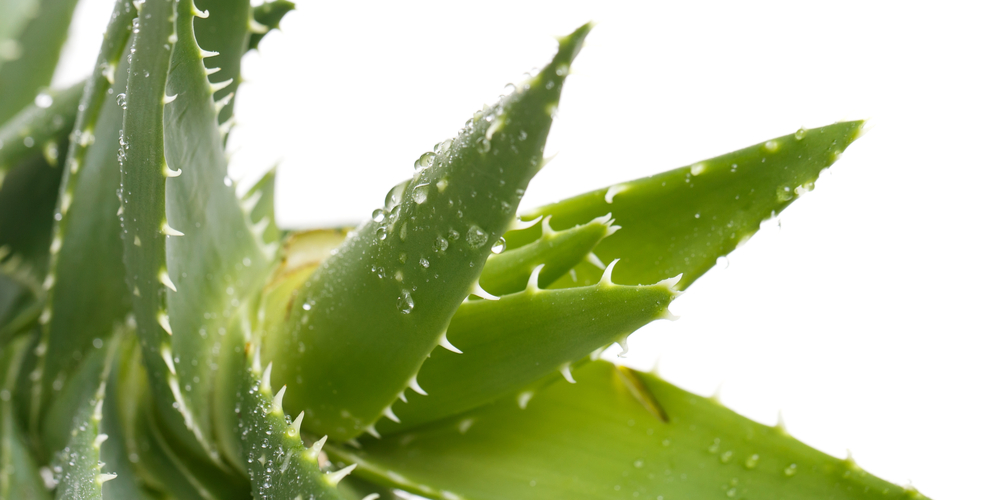When grown in the right conditions and given proper care, aloe vera plants can thrive and produce long, healthy leaves. However, sometimes these plants can become leggy, with stem growth that is significantly longer than the leaves.
While leggy growth is not necessarily harmful to the plant, it can be unsightly and may even prevent the plant from getting the sunlight it needs to stay healthy.
If you have an aloe vera plant that has become leggy, don’t worry – you can fix it! In this article, we’ll discuss why aloe vera plants become leggy and how you can fix the problem.
Why do aloe vera plants become leggy?
Whenever you have a leggy plant, it’s mainly the result of the plant growing too quickly that the foliage is unable to catch up. There are a few reasons why an aloe vera plant might become leggy.
1. Insufficient Light
Aloe vera plants need a lot of bright, indirect sunlight in order to stay healthy. If the plant is not getting enough light, it will start to stretch out in an attempt to reach an area with more light. The scientific term for this phenomenon is “Etiolation”, and it’s more of an adaptation that the plant has to make in order to survive.
Other than the stems becoming longer, another sign of etiolation is that the stems will be thinner and the foliage of your plant will appear to be lighter in color.
2. Small growing pot
Your plants need enough room to grow and develop properly. If an aloe vera plant is growing in a pot that’s too small or one that is overcrowded, it will become rootbound and start to stretch out in search of more space.
3. Overfertlizing your plants
If you don’t like putting too much work into taking care of your plants, then we have some good news for you – aloe veras don’t need very fertile growing grounds. As such, overfertilizing your plants can actually do more harm than good.
Overfertilization can cause the plant to produce excess growth, which can then lead to leggy stems. And a leggy aloe isn’t exactly appealing, is it?
4. Overwatering
The aloe vera plant, in its natural habitat, is used to drought conditions. This means that the plant has adapted to survive in conditions where it doesn’t get a lot of water.
If, therefore, you water your plant more than you should, it will have to find a way of utilizing the excess water. That means growing new and longer stems as fast as it can to avoid the adverse effect of excess water.
To know that your plant is suffering from overwatering, you are going to see signs such as stems that are soft and swollen, as well as a damp growing medium.
How can you fix a leggy aloe vera plant?
Once you have determined the reason why your aloe is growing too tall and leggy, it will be much easier to take the necessary steps to fix the problem.
Here are some of the things you can do:
1. Repot your aloe vera plant
If you think that your plant is becoming leggy because it’s growing in a pot that’s too small, then the best thing to do is to repot it.
When selecting a new pot, make sure that it’s significantly deeper compared to the older pot. That’s because you can actually shorten the plant by burying the stem of your aloe plant along with the roots.
As the plant grows, it will start to develop roots in the stem region that you have buried. Once that has happened, you can get a smaller pot and transfer your plant into it.
If you can’t find a deeper pot, you can repot the stem itself, using a plastic container. All you need to do is to slit the container so that it fits around the stem of your plant. You can suspend the container to support it, as it will be floating, above the main growing pot.
2. Cut and repot the top part
If you don’t want to go through the hassle of repotting the entire plant, you can just cut the top part of your leggy aloe vera and pot it separately. You want to cut approximately two inches below the lowest leaves.
When cutting the plant, make sure that you use a sharp and sterilized knife. That’s to avoid infecting the plant with bacteria or fungi, which can cause serious damage.
When potting the top part, make sure that you don’t bury any leaves as that can result in rotting. Avoid watering your plant for a few days after repotting to give it time to adjust to the new environment.
Provide your new plant with the ideal growing conditions
Repotting is a surefire way to fix your leggy aloe vera plants, but if you don’t provide the ideal growing conditions, your plant will just become leggy again.
Here are some of the things you need to do to make sure that your aloe vera plant has the ideal growing conditions:
- Place your plant in an area where it can get enough sunlight
- Fertilize your plant only once a year in the spring using a normal houseplant fertilizer
- Water your plant only when the soil is dry to touch (You can also get a self-watering pot or a three-in-one soil meter to tackle your overwatering problem)
- Prune your aloe vera plant if you want to achieve a bushier growth
- Use the right sized pot for your plant
To sum it all up,
You now have a better understanding of why your aloe vera plant is growing too tall and leggy. In most cases, it’s due to one of the four reasons we have mentioned.
The good news is that you can actually do something to fix the problem. All it takes is a little bit of patience and effort on your part, and you’ll have a healthy and thriving aloe vera plant in no time.

